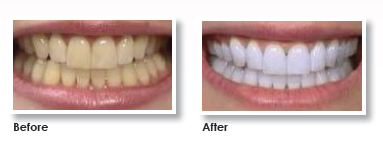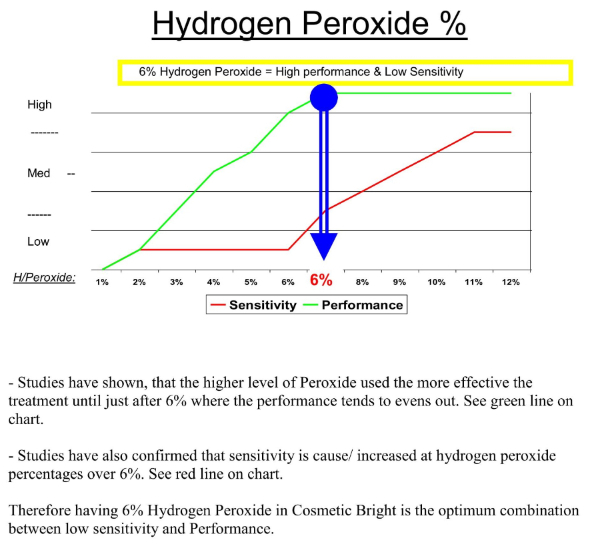- Track your orders
- Save your details for express checkout
- Join our loyalty points scheme and receive points and future discounts with every purchase
Information |
Training |
FAQs |
Enquiries |
Products |
Professional teeth whitening works by oxidation in which the whitening agent normally in gel form enters the enamel &/or dentin of the discolored tooth and reduces the molecules containing discoloration. The bleaching depth depends on the cause of the stains and where and how deep the stain has permeated the tooth structure plus how deep the whitening agent can permeate to the source of discoloration and remain there long enough to release deep stains. |
.jpg)  |
|
Simply due to the thickness of your enamel or to calcium deposits. The whitening gel is able to penetrate and whiten the enamel quicker on thinner surfaces. This should even out as you continue to use the product. This most often occurs on the tips of the teeth where the enamel is thinner due to use. Occasionally, small round white spots occur due to poor calcium deposits. They will be more noticeable during the whitening process -due to the dehydration effects of the glycol base- but will disappear within days of ceasing treatment.
Calcium deposits occur when there is a disturbance in the development of the teeth. The ameloblast (cells which make the hard white part of the teeth called enamel) when making the teeth add too much mineral to the mix and the result is a white or brown spot. If the inner material of the tooth (Dentine) is discolored (such as when some type of medicines are taken or the disturbance in the development occurs later in life), the teeth will tend to have discoloration that appears to be very deep in the tooth (such as in the grey color teeth found in people who have taken tetracycline).
In the case of dentine discoloration, professional teeth whitening will not change the colour of the tooth, only remove the superficial staining. |
 |
